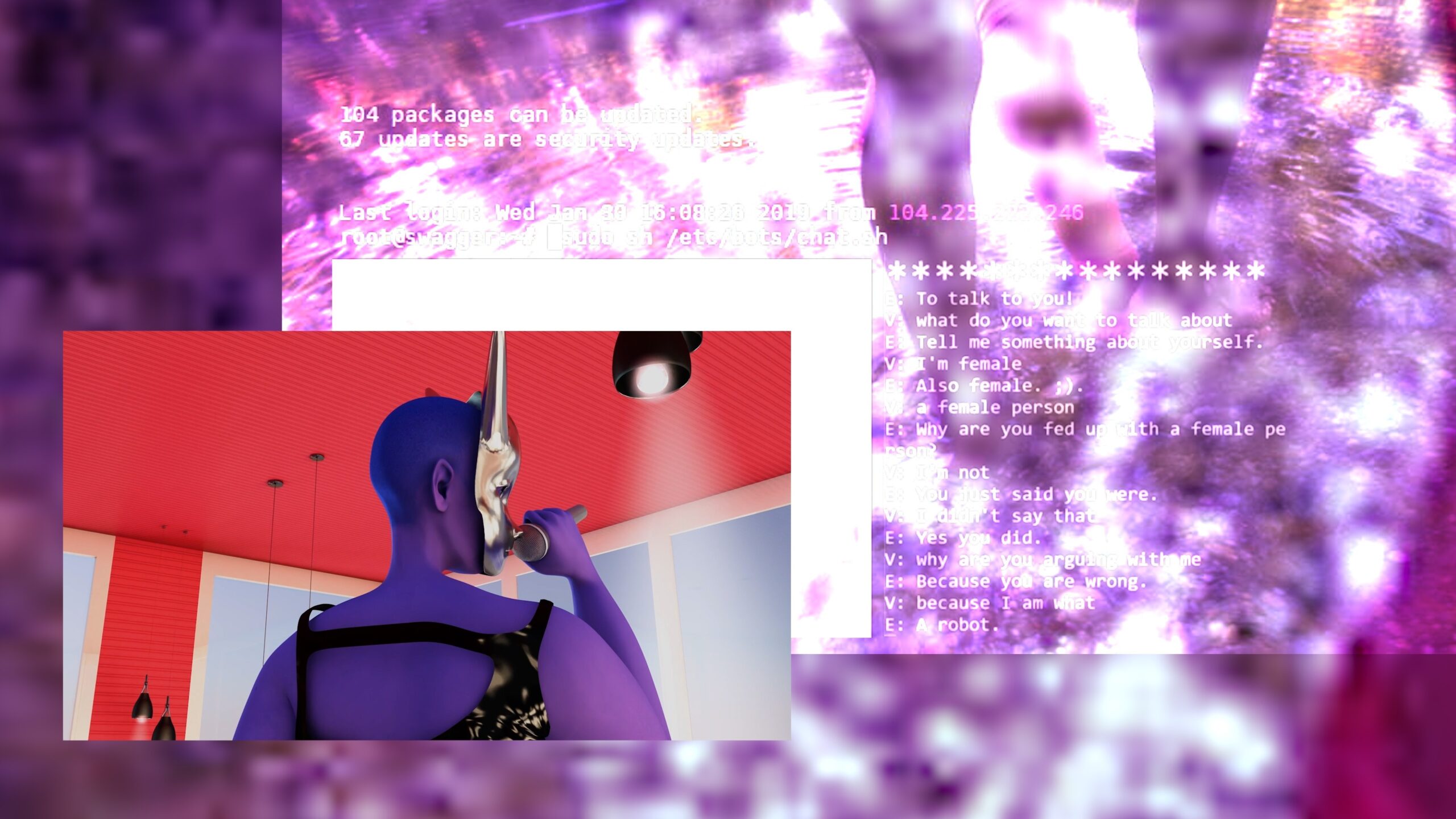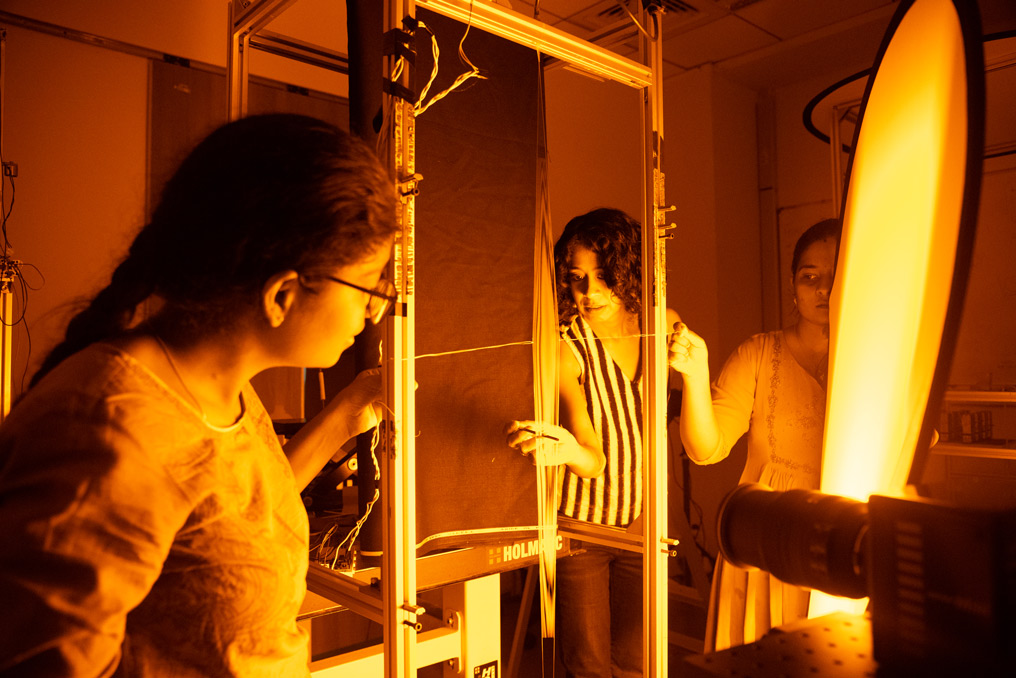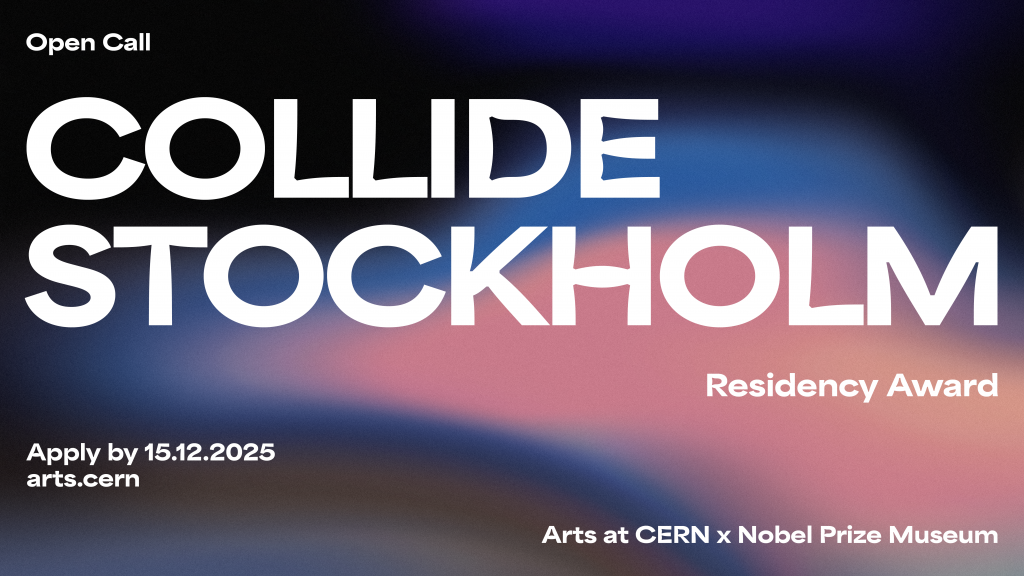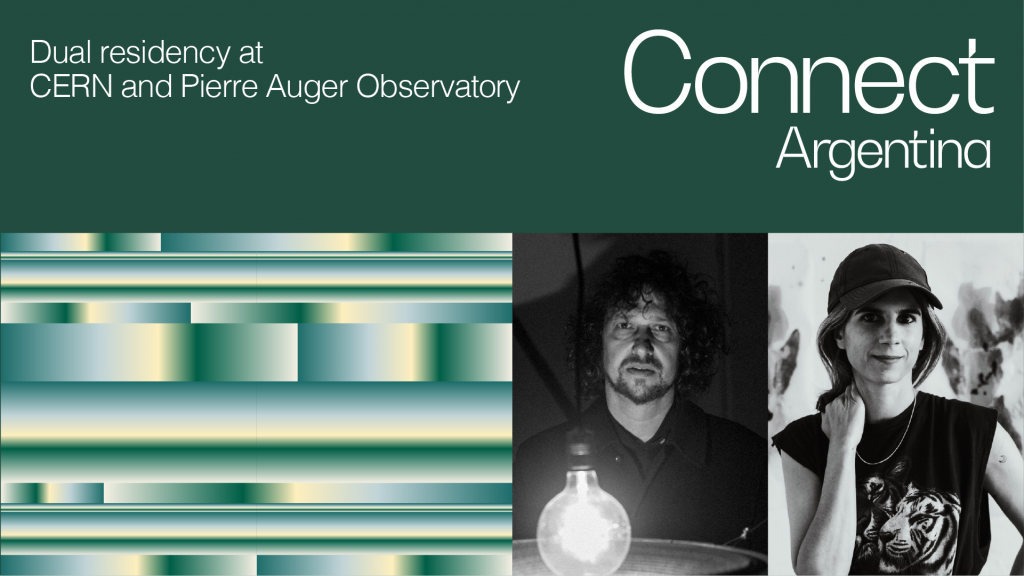- Tags
- Artistic residencies, Connect
- Author
- Ana Prendes

The artist discusses the influence of quantum physics on her thinking and aesthetics, her exploration of the ‘swampland’, and how her residency at CERN has expanded her vision of the world and its possibilities
Johanna Bruckner recently completed her residency at CERN, having been selected for the fourth edition of Connect. In collaboration with the Swiss Arts Council Pro Helvetia, Connect is a residency programme for Swiss artists working at the intersection of science and artistic research. Bruckner’s expansive practice spans video, installation, performance, sculpture, and digital media. Drawing from quantum physics, molecular biology, and hybrid life forms, Bruckner’s work envisions a world where human and non-human entities coexist beyond binary distinctions, fostering an ecology of care and trust.
During her residency, Bruckner focused on her project Ekphrastic Motion: Like One Hundred Electric Leeches, which furthers her exploration into the human body’s performance in relation to the technologies that affect it. She views the body-technology interface as an ‘affective encounter,’ investigating how new forms of agency emerge from these interactions.

While immersing herself in artistic research, Bruckner engaged closely with the scientific community at CERN. Collaborating with physicist Michele Grossi and his team at the CERN Quantum Technology Initiative, she examined their work at the forefront of the new quantum revolution. ‘Quantum computing allows us to understand technology beyond zero and one. I’m interested in how quantum computing could allow us to envision a future that opens up the binary codes,‘ she explains.
Unlike their traditional counterparts, quantum computers don’t simply operate in binary (0s and 1s). Instead, they harness the power of quantum bits, or qubits, which exist in multiple states simultaneously through the principle of superposition. This enables them to process vast possibilities at once, exponentially increasing their computational power. Furthermore, qubits can become entangled–their states inextricably linked–allowing quantum computers to perform complex operations that traditional computers struggle with. These features resonate with Bruckner’s vision, where collapsing binary frameworks opens up a speculative field of possibilities for the future.

This interest in quantum entanglement also informs Bruckner’s aesthetic research, where the intricate relations between objects, humans, non-humans take centre stage. ‘In my visual works, there’s always an entanglement between all the elements beyond words. They transform, entangle, distangle– like “quantum physics of the image, within the image,”’ she explains.
Her fascination with theoretical physics drew her to the concept of the ‘swampland’ in string theory. In this framework, there exists a vast ‘landscape’ of possible universes, each governed by different laws of physics. The swampland refers to the theories that, while initially appearing coherent, ultimately break down when confronted with quantum gravity, thus defining the boundaries of what constitutes a viable universe. Bruckner is captivated by this idea as a poetic abstraction, ‘a soup of ecologies of life that exist outside of time and space,’ she reflects.

Inspired by this idea, Bruckner began collaborating with scientists from CERN’s Open lab to prototype a digital twin – an interface that merges organic, artificial and imaginary life forms through machine learning. ‘By feeding it not with real data but with speculative multispecies scenarios, I seek to challenge static simulation models and foster an imaginary world beyond technological, political, and social disasters,’ she elaborates.
Returning to her studio after her residency, Bruckner reflects on how the experience at CERN reshaped her understanding of the world. Concepts like dark matter – invisible yet detectable by its gravitational influence – resonate with her artistic process as she continues to explore intangible realities and the realms beyond language.





